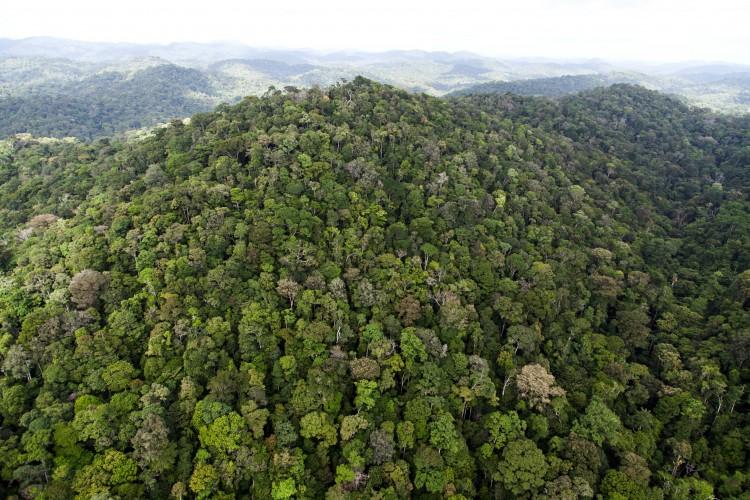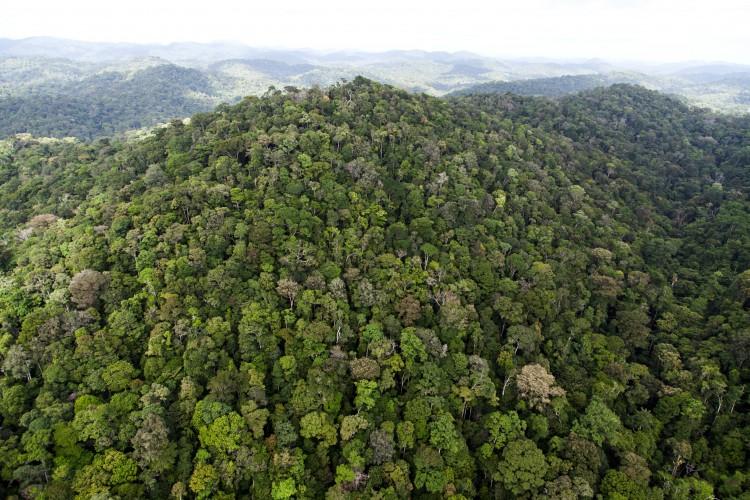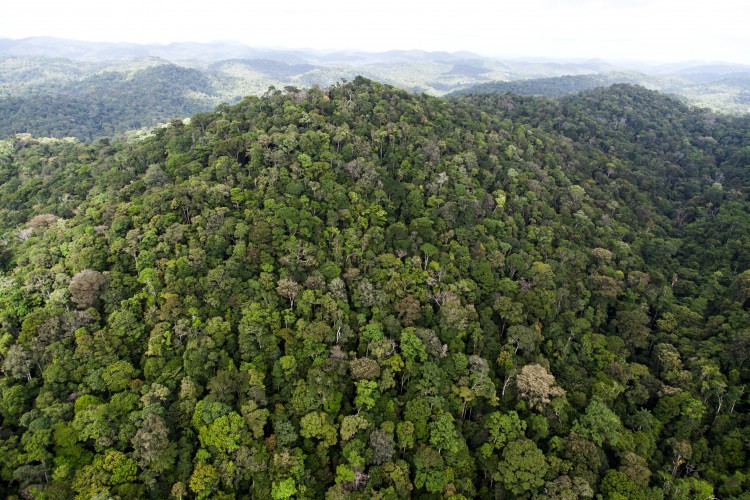A massive drought almost eight years ago is still affecting the Amazon rainforest to this day, according to a new study released by NASA’s Jet Propulsion Laboratory.
The continued impact of the 2005 drought, which is still affecting an area in the Amazon about the size of the state of California, could possibly be the first telltale signs “of potential large-scale degradation due to climate change,” NASA said in a press release. The laboratory analyzed satellite data collected between 2000 and 2009, before coming up with their assessment.
A total of 270,000 square miles of old-growth forest were affected when the mega-drought hit the Amazon rainforest, which is one of the most biodiverse regions in the world, leading to devastating impacts.
“This mega-drought caused widespread changes to the forest canopy that were detectable by satellite. The changes suggest dieback of branches and tree falls, especially among the older, larger, more vulnerable canopy trees that blanket the forest,” NASA said.
It said that while rainfall levels recovered in subsequent years, there was another large-scale drought that took place in 2010. Half the forest that was damaged by the 2005 drought had not yet recovered by the time the next one hit, the space agency said.
“The biggest surprise for us was that the effects appeared to persist for years after the 2005 drought,” study co-author Yadvinder Malhi of the University of Oxford, said in a statement. “We had expected the forest canopy to bounce back after a year with a new flush of leaf growth, but the damage appeared to persist right up to the subsequent drought in 2010.”
Researchers believe the drought is caused by the long-term rise in tropical Atlantic sea surface temperatures—the same weather patterns that caused devastating hurricanes that hit the United States.
“In effect, the same climate phenomenon that helped form hurricanes Katrina and Rita along U.S. southern coasts in 2005 also likely caused the severe drought in southwest Amazonia,” said Sassan Saatchi, who led NASA’s study. “An extreme climate event caused the drought, which subsequently damaged the Amazonian trees.”
If climate change is the cause and if drought intervals continue every five to 10 years, “large areas of the Amazon forest are likely to be exposed to persistent effects of droughts and corresponding slow forest recovery,” he said.
“This may alter the structure and function of Amazonian rainforest ecosystems,” Saatchi added.
The researchers also found that the area affected in the 2005 drought was much larger than previously predicted: around 30 percent of the entire Amazon basin, or 656,370 square miles, experienced drought. More than five percent of the entire forests experienced “severe” drought conditions.






